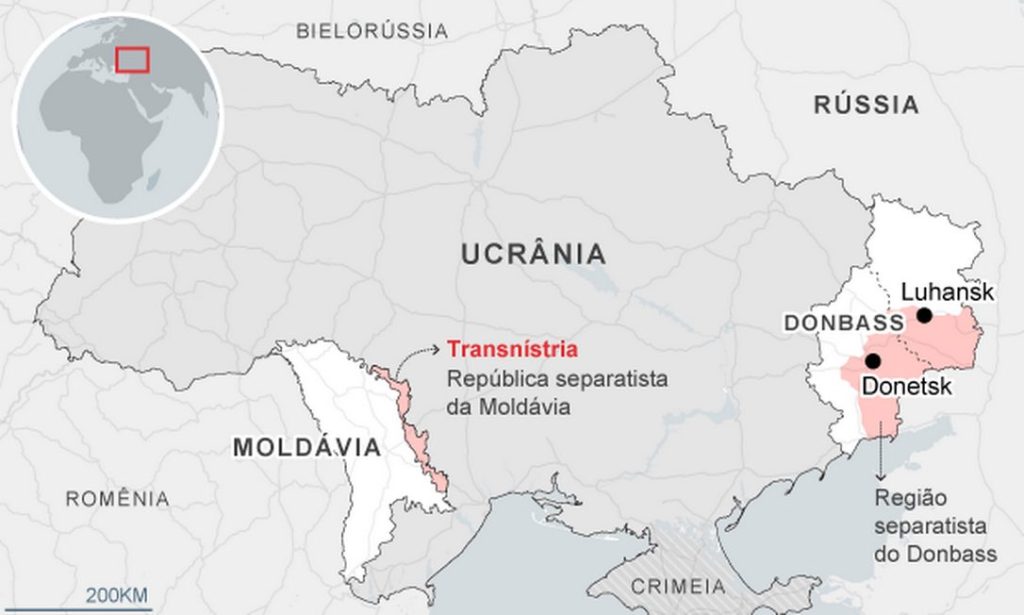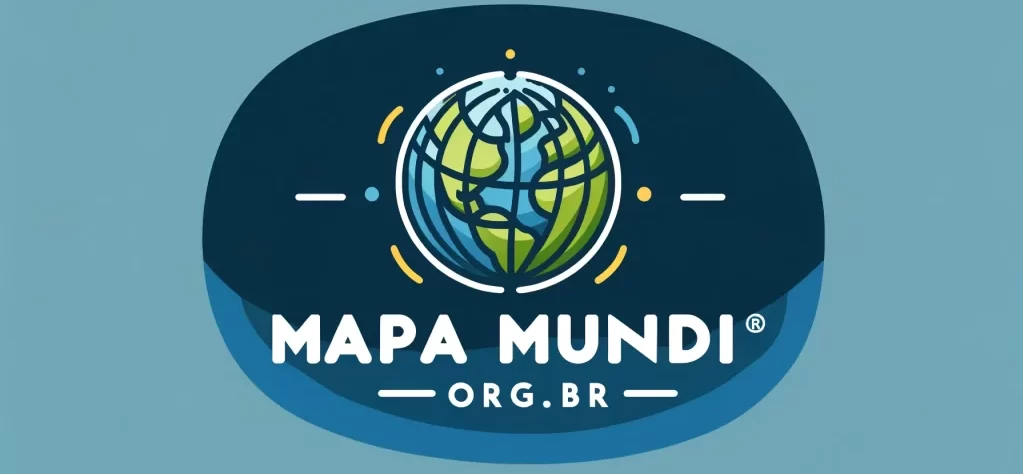
Transnistria is a breakaway region located in eastern Moldova, which proclaimed its independence in 1990, shortly after the collapse of the Soviet Union. The region is inhabited mainly by Russian and Ukrainian speakers and has a large population of Russian origin..
Since then, Transnistria has been the scene of a series of tensions between Moldova and Russia. Russia has had troops in Transnistria since the start of the conflict., claiming that the troops were sent to protect the Russian population of the region. Moldova, in its turn, regards Russian military presence as a violation of its sovereignty.
In 1992, the conflict erupted into a brief war between Moldovan forces and Transnistria separatist forces, resulting in hundreds of deaths and the flight of tens of thousands of refugees. Since then, the region remains at an impasse, no diplomatic solution in sight.
The conflict has several roots, including language issues, ethnic and economic. Transnistria separatists want to maintain close ties with Russia and fear that Moldova will stray too close to the West. Moldova, in its turn, seeks to approach the European Union and NATO, what is seen by Russia as a threat to its security.
The situation in Transnistria remains tense, with sporadic violence and a significant Russian military presence in the region. The conflict also has a significant impact on the region's population., including restrictions on freedom of movement and limited access to public services.
One of the big concerns is that Moldova has conditions very similar to those found in Ukraine., especially the presence of Russian citizens on its territory, have been part of the Soviet Union, present a current leaning towards the West rather than Russia and seek greater integration with Western international organizations, especially to NATO.
I know, on the one hand, a conflict between Moldova and Russia would open a second front of war for Russia, causing their resources to have to be divided; on the other it would lead to an increase in regional instability.
The possibility of a war between Moldova and Russia poses a significant risk of international instability. A direct military conflict between these two countries could have serious implications for the security and stability of the region., as well as for relations between Russia and other countries.
A war between Moldova and Russia would have the potential to attract other regional and international players., further escalating the conflict. The region of Transnistria, which is the main point of conflict between Moldova and Russia, borders with Ukraine, a country that also has a tense relationship with Russia. The escalation of the conflict in Moldova could lead to further destabilization in Ukraine and the region as a whole..
Besides that, a conflict between Moldova and Russia could trigger a military response by other international actors. NATO, for example, could feel compelled to intervene in Moldova's defense, especially as Moldova has expressed interest in joining the organization. This could trigger a military reaction from Russia., increasing the risk of an all-out war between Russia and NATO.
It is important to closely monitor the evolution of relations between the two countries in order to avoid an expansion of international instabilities.
